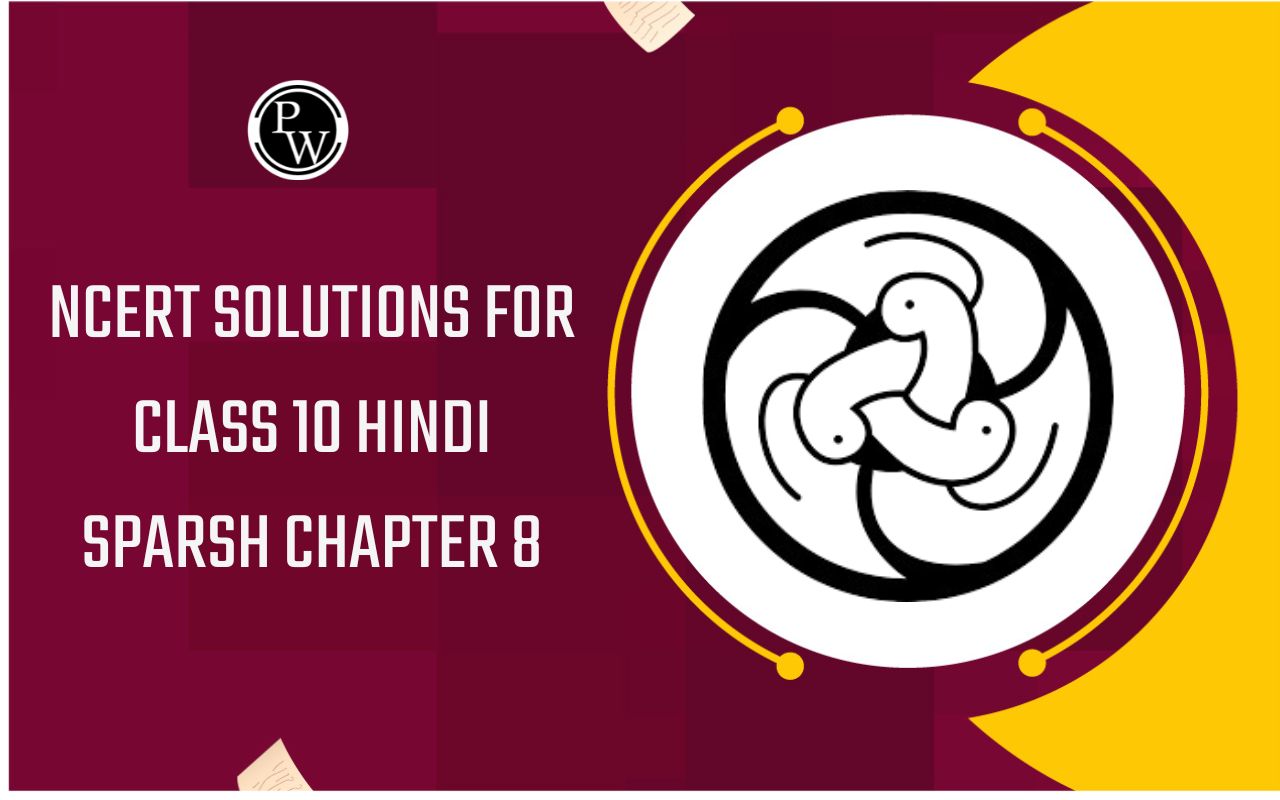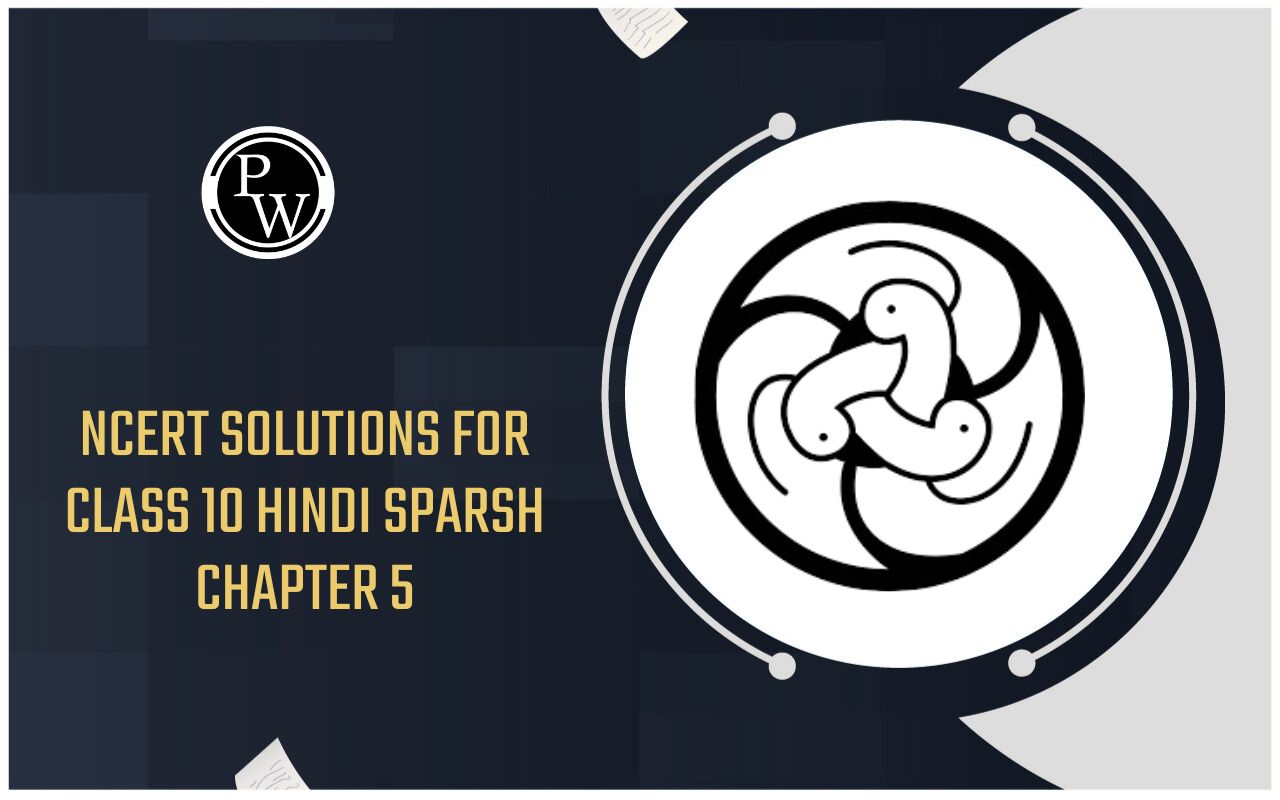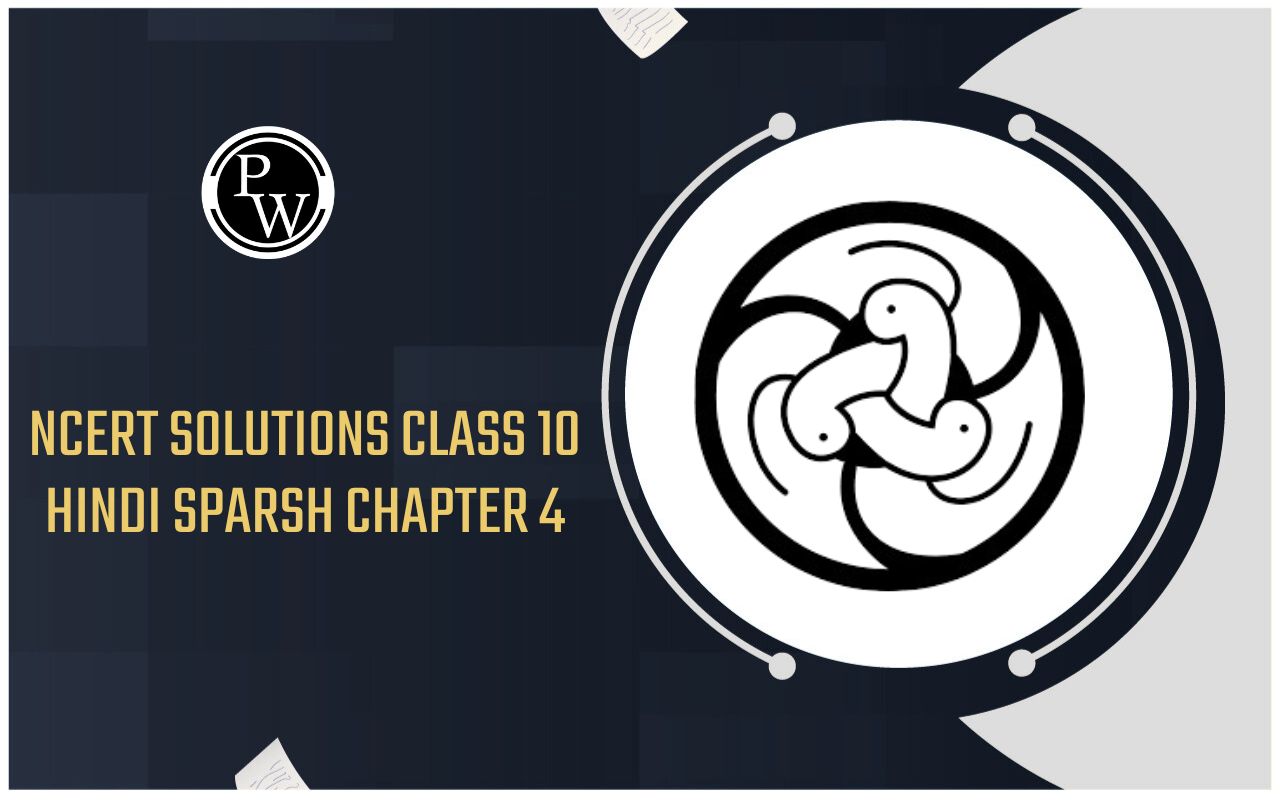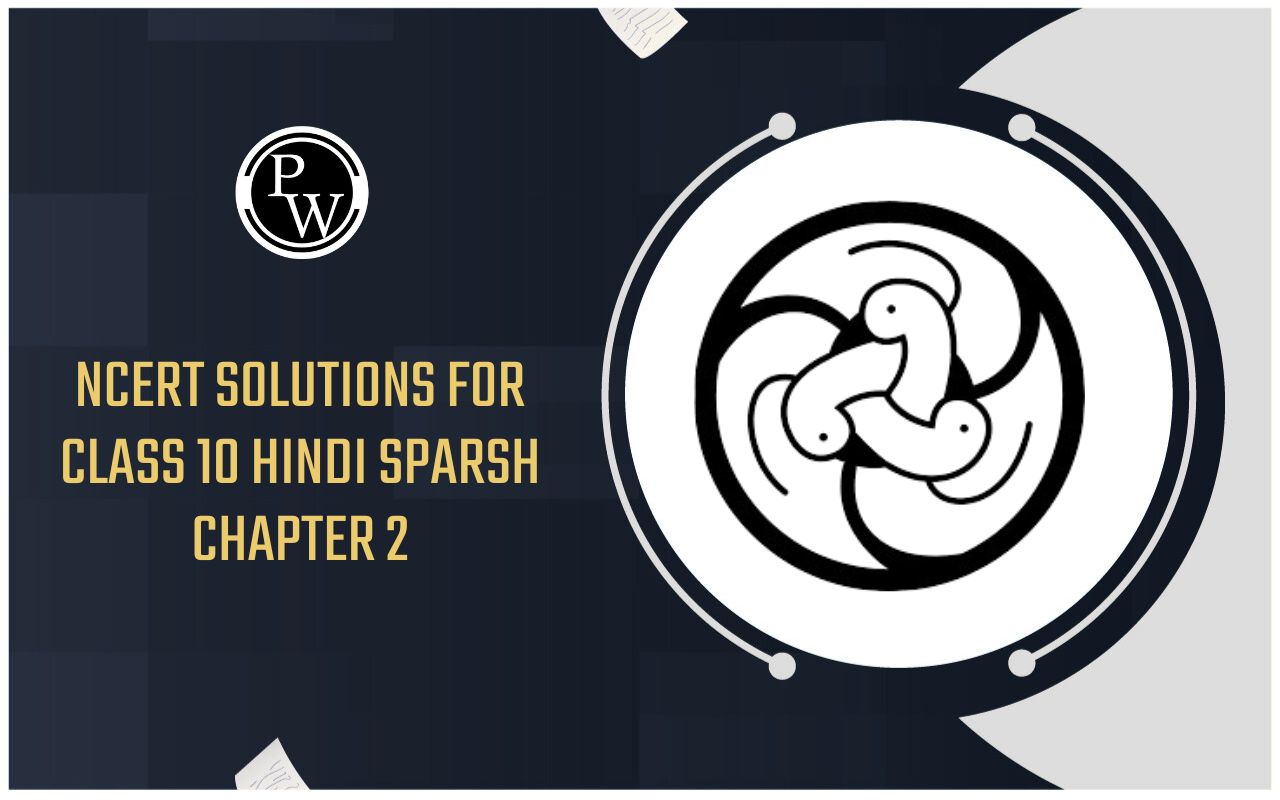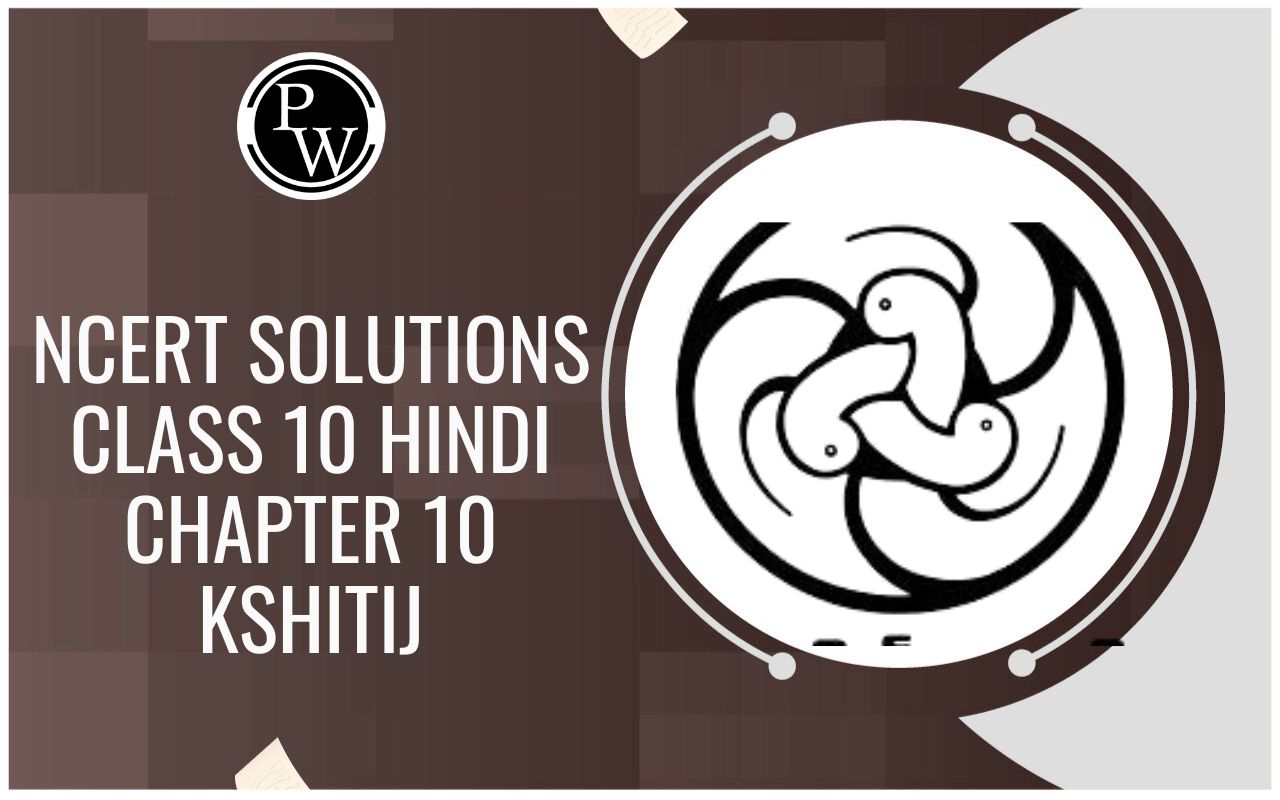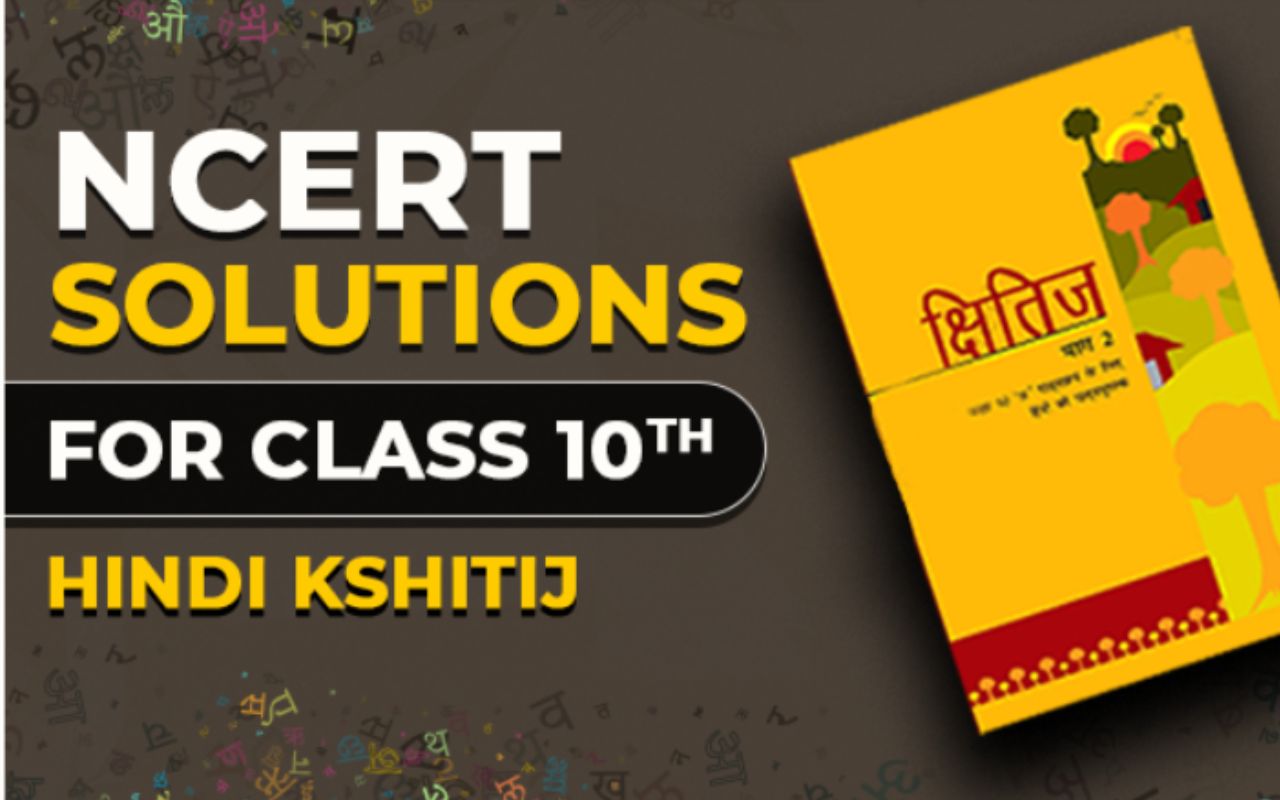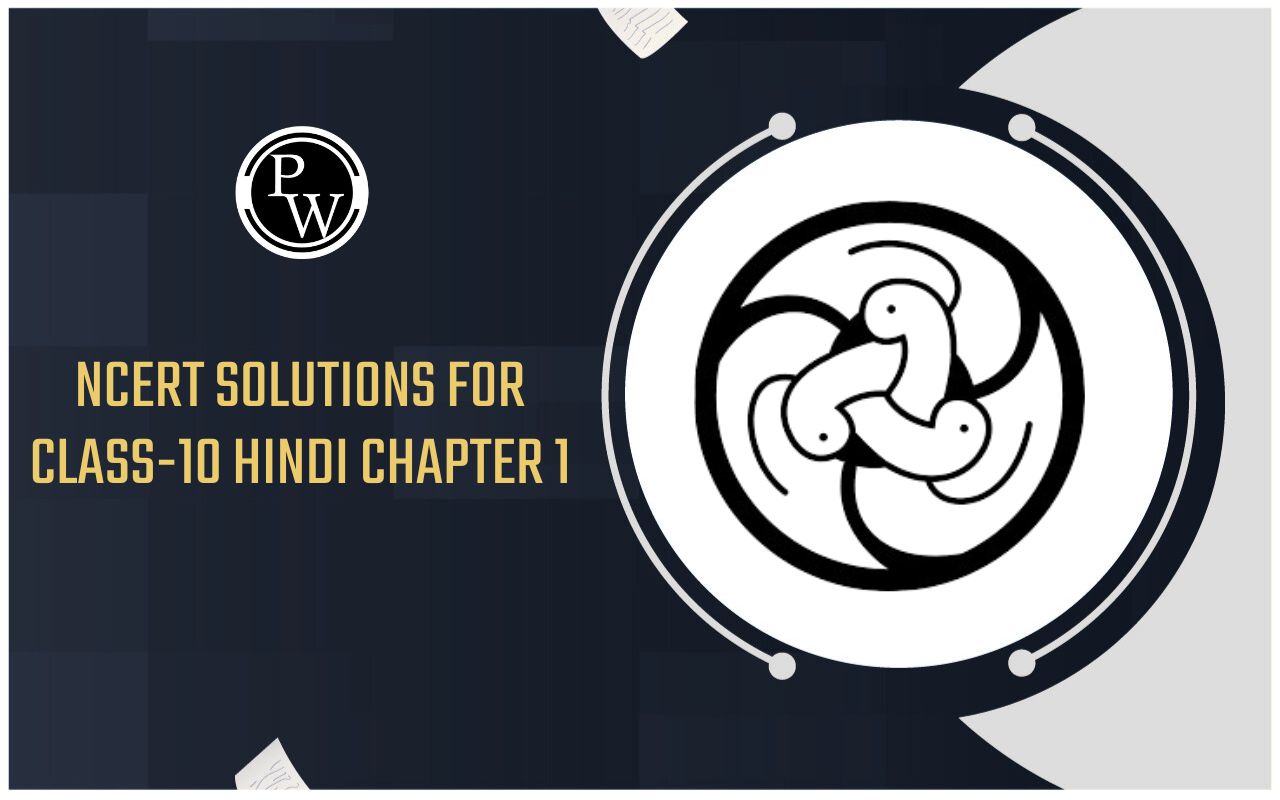
CBSE Worksheet for chapter-3 Magnetic Effect of Current and EMI class 10
Worksheet For class 10
This page is prepared by the Academic team of Physics Wallah which consists of CBSE Board Worksheet for Class 10 Physics . Students of Class 10 Physics can get a free Worksheet for Class 10 Physics in PDF format prepared as per the newest syllabus and examination pattern in your schools.
Standard 10 students can practice questions and answers which are given here for Physics in Grade 10 that will help them to improve their knowledge of all important chapters and their topics. Students can also download free pdf of Class 10 Physics Notes prepared by teachers and solve important problems provided here with solutions on daily basis to get more scores in school exams and tests.
If any students need to take the online test to check their concepts or undertstanding then they can visit Physics Quiz for Class 10 .
Summary
- Magnetic effect of current, Magnetic field due to a straight current carrying wire
- Direction of current – Maxwell’s Cork Screw rule, Right hand thumb rule, Ampere’s Swimming rule
- Magnetic field due to circular current carrying wire, Solenoid
- Permanent and temporary magnet, Magnetic force, Fleming’s left hand rule
Section 1 - Objective
Q1. When a bar magnet is broken into two pieces:
- We will have a single pole on each piece
- Each piece will have two unlike poles
- Each piece will have two like poles
- None of these
Q2. The magnetic field intensity produced due to a current carrying coil is maximum at:
- Any point
- Centre of the coil
- Any point lying on the axis of the coil
- Points lying between centre of the coil and its circumference
Q3. The direction of magnetic lines of force produced by passing a direct current in a conductor is:
- Perpendicular to the conductor and coming outwards
- Parallel to conductor
- Surrounding the conductor and of circular nature
- Perpendicular to the conductor and coming inwards
Q4. Which of the following determines the direction of magnetic field due to a current carrying conductor?
- Faraday’s laws of electromagnetic induction
- Fleming’s left-hand rule
- Lenz’s law
- Maxwell’s cork screw rule
Q5. A cylindrical bar magnet is kept along the axis of a circular coil. If the magnet is rotated about its axis, then:
- A current will be induced in the coil
- No current will be induced in the coil
- Only emf will be induced in the coil
- An emf and current both will be induced in the coil
Q6. A length of wire carries steady current. It is bent first to form a circular plane coil of one turn. The same length is now bent to give a double loop of smaller radius. The magnetic field produced at the centre by the same current will be:
- A quarter of its first value
- A half of first value
- Four times its first value
- Unaltered
Q7. A wire carrying a current of 5A is placed perpendicular to a magnetic induction of 2T. the force on each centimeter of the wire is:
- 1N
- 100N
- 0.1N
- 10N
Q8. If a soft iron piece is buried under the surface of earth in the north and south direction, then:
- It will acquire properties of a magnet
- Its properties will not change
- It will behave like an insulator
- Can’t say with surety
Q9. Force acting on a stationary charge Q in the magnetic field B is:
- BQV
- BV/Q
- Zero
- BQ/V
Q10. A wire of length ‘ℓ’ is placed in a magnetic field B. If the current in the wire is I, then maximum magnetic force on the wire is:
- BI ℓ
- B/Iℓ
- Iℓ /B
- I/Bℓ
Section 2 - Subjective
Q1. State the rule that is used to find the direction of field acting at a point near a current carrying straight conductor.
Q2. Distinguish between Permanent magnet and Temporary magnet
Q3. What are the factors on which the magnetic field due to a current carrying solenoid depends?
Q4. Write any 3 methods of demagnetising a permanent magnet ?
Q5. What is an electromagnet?. How does it differ from a permanent magnet ? State three factors on which the strength of an electromagnet depends.
Q6. A proton is moving with velocity 10 4 m/s parallel to the magnetic field of intensity 5T. Find he force on the proton
Q7. Mentions the angle between a current carryings conductor and magnetic field for which the force experienced by fair current carrying conduct is the magnetic field the larger.
Q8. Explain the function of fuse in a domestic electric circuit? An electric oven having power rating 2000 W, 220 V is used in an electric circuit having a fuse of 5A rating. What is likely to happen when the oven is switched on? Explain
Q9. Write one difference between direct current and alternating current. Which one of the two is mostly produced at power stations in our country? Name one device which provides alternating current. State one important advantage of using alternating current.
Q10. Can two magnetic lines of force intersect each other? Give reasons in support of your answer.
Solutions to Section 1 & 2
Objective Problems:
|
1. (B) |
2. (B) |
3. (C) |
4. (D) |
5. (B) |
6. (C) |
7. (C) |
8. (A) |
9. (C) |
10. (A) |
Subjective Problems:
6. Zero

